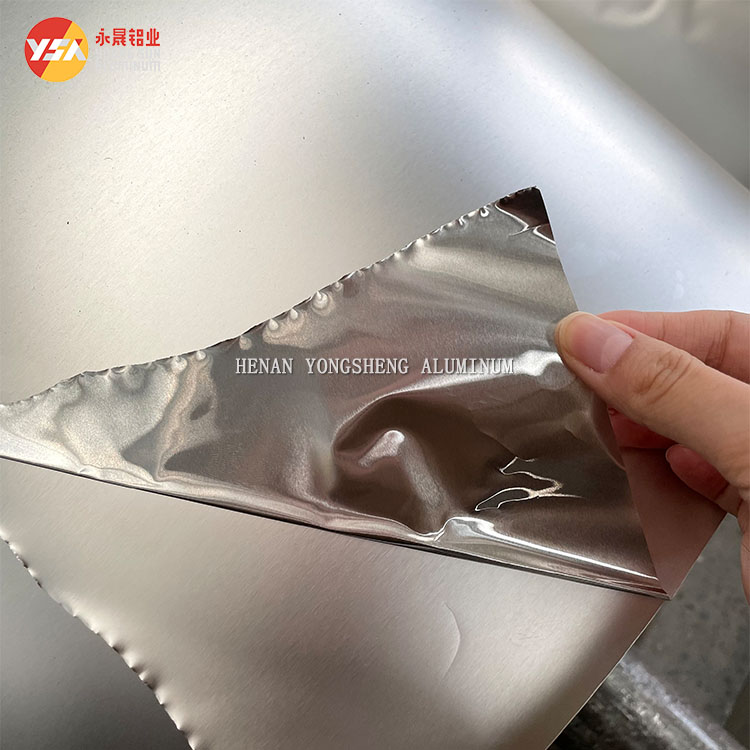Aluminum foil is widely used in packaging, construction, electronics, and other fields. Its quality directly affects the performance and usability of the final products. Thickness control is a crucial aspect of aluminum foil production. Accurate thickness control ensures product quality, improves production efficiency, and reduces material waste. Here are the principles and methods of thickness control in aluminum foil production.
Importance of Thickness Control
The uniformity and precision of aluminum foil thickness directly impact its physical properties and usage. Foil that is too thick or too thin can cause quality issues, such as insufficient mechanical strength or poor durability. Therefore, precise control of foil thickness is essential in the production process.
Basic Principles of Thickness Control
The basic principles of aluminum foil thickness control involve adjusting rolling force, speed, and tension. By precisely controlling these parameters, the desired foil thickness can be achieved.
Rolling Force Control: Rolling force significantly affects foil thickness. Adjusting the rolling force of the mill can change the thickness of the aluminum foil. Greater rolling force results in thinner foil, while lower rolling force results in thicker foil.
Speed Control: Rolling speed also greatly influences foil thickness. Generally, increasing the rolling speed will make the foil thinner, while decreasing the speed will make it thicker. Thus, adjusting the rolling speed helps control foil thickness.
Tension Control: Tension control is another crucial parameter in aluminum foil production. Proper tension maintains the flatness and uniformity of the foil. Applying appropriate tension during rolling prevents wrinkles or thickness variations in the foil.

Thickness Measurement and Feedback Control
Thickness measurement and feedback control systems play vital roles in the production process. Common thickness measurement methods include radioactive thickness gauges and laser thickness gauges.
Radioactive Thickness Gauges: These use radiation from a source passing through the foil, measuring the attenuation to determine thickness. They offer high precision and stability, suitable for continuous online measurement.
Laser Thickness Gauges: These use the reflection principle of lasers, measuring the intensity and time difference of reflected light from the foil surface to calculate thickness. They provide noncontact measurement, high accuracy, and fast response.
By feeding the measured thickness data back to the control system, the rolling force, speed, and tension can be adjusted in realtime to achieve precise thickness control.
Automated Control Systems
Modern aluminum foil production extensively uses automated control systems. These systems can monitor various parameters in realtime, quickly respond to thickness changes, and automatically adjust the operating parameters of the production equipment to ensure stable and uniform foil thickness.
Typical automated control systems include computer control systems, PLC control systems, and DCS control systems. These systems integrate various sensors and measurement devices to continuously acquire production data and use complex algorithms and logic operations to precisely control the production process.

Conclusion
The principles of thickness control in aluminum foil production involve the regulation of rolling force, speed, and tension, as well as thickness measurement and feedback control. By scientifically controlling these parameters and utilizing advanced automated control systems, the uniformity and accuracy of aluminum foil thickness can be effectively ensured, enhancing product quality and production efficiency. In practical production, it is essential to consider various influencing factors comprehensively and continually optimize control strategies to achieve the best thickness control results.


